-
United States -
United Kingdom -
India -
France -
Deutschland -
Italia -
日本 -
대한민국 -
中国 -
台灣
-
Ansysは、シミュレーションエンジニアリングソフトウェアを学生に無償で提供することで、未来を拓く学生たちの助けとなることを目指しています。
-
Ansysは、シミュレーションエンジニアリングソフトウェアを学生に無償で提供することで、未来を拓く学生たちの助けとなることを目指しています。
-
Ansysは、シミュレーションエンジニアリングソフトウェアを学生に無償で提供することで、未来を拓く学生たちの助けとなることを目指しています。
ANSYS BLOG
August 10, 2023
Survey Reports Rise of the Cloud for Engineering Simulation Workloads
Engineers and researchers are increasingly turning to the cloud to run computer-aided engineering (CAE) and electronic design automation (EDA) software. A recent study by Hyperion Research examined users’ adoption of high-performance computing (HPC) cloud resources.
The study revealed four top reasons for employing third-party cloud HPC resources:
- Extra capacity for overflow workloads
- Cost effectiveness compared to doing the same work on-premises
- Corporate policy decisions or IT strategy
- Access to special hardware, software, and other resources not available in on-premises data centers
HPC Cloud Access Methods
As Figure 1 indicates, engineers expressed a range of methods to access cloud resources. Today, 15% of the respondents are running their application full-time in an on-premises private cloud environment. In 12 months, half of them (~7%) will still be running full time in that environment. Today, 11% of the respondents are running independent software vendor (ISV) cloud applications full time, but this will roughly double in 12 months.
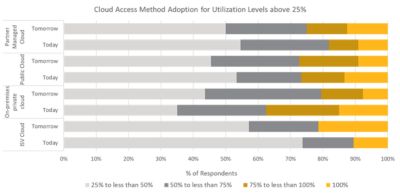
Figure 1. Cloud access method adoption for utilization levels above 25%
There appears to be no preference for imminent cloud access methods. However, more users expressed an interest in using cloud resources in the next 12-18 months (denoted as “Tomorrow”).
HPC Cloud Compute Instance Utilization
There are a variety of compute instances available to engineers using cloud computing resources, including accelerated versus unaccelerated and spot versus reserved. For example, approximately two-thirds of respondents preferred reserved instances (64%) versus one-third of respondents preferring spot/preemptive instances (36%).
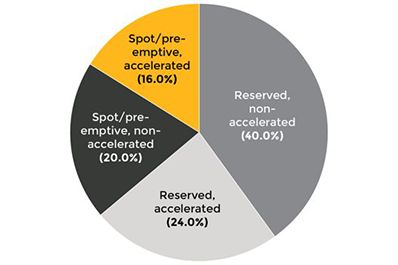
Figure 2. Respondents' preference for reserved instances versus spot/preemptive instances
Industry Utilization of HPC Cloud Resources
The adoption of public cloud resources differs across industries, according to the survey.
- The automotive, transportation, and mobility sector exhibits the most significant level of cloud resource adoption.
- Half of the represented industries expect use of HPC resources in the cloud to grow in the next 12-18 months.
- Engineers working in the aerospace, healthcare, and industrial equipment sectors expect a decrease in the use of cloud resources within the next 12-18 months.
- Ten percent of users indicated running 100% of their HPC workloads in the cloud today, with 8% indicating intent in the next 12-18 months. Eight percent of users indicated running no workloads in the cloud both at present and in 12-18 months.
Table 1 provides the current and projected industry adoption of HPC public cloud resources by users of engineering simulation software.
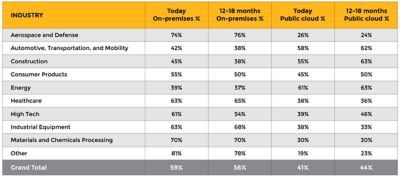
Table 1. Engineering software users’ current and projected industry adoption of high-performance computing (HPC) public cloud resources
Impact of Cloud Spending on On-premises Budgets
The survey revealed the following insights regarding the impact that spending on HPC cloud resources had on on-premises budgets:
- The percentage of users who would delay their on-premises procurement and allocate the funds to HPC cloud resources is 37%, with around half expecting a delay of 6-12 months.
- Nearly one-fourth of respondents (26%) would decrease their on-premises procurement budget and use the saved funds for HPC cloud resources.
- Nearly one-fifth (19%) would forgo on-premises procurement entirely and transition solely to the cloud.
- Eighteen percent would increase their on-premises procurement budget at the expense of their current HPC cloud budget.
HPC Cloud Compute Technology Adoption by Spending
Engineers predominantly use x86-based instances for their CAE and EDA workloads, with a strong preference towards Intel x86 technology. Other technologies adopted include Arm, graphics processing units (GPUs), and field-programmable gate arrays (FPGAs).
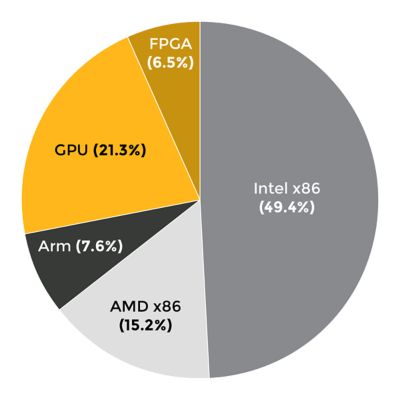
Figure 3. Aggregate cloud compute instance spending
Preference for Cloud Service Providers
Engineers in the study favored Amazon Web Services (AWS), Microsoft Azure, and Google Cloud as their current cloud service providers (CSPs), as shown in Figure 4. However, their future preferences showed increased intent for AWS and equal intent for Microsoft Azure and Google Cloud after 18-24 months.
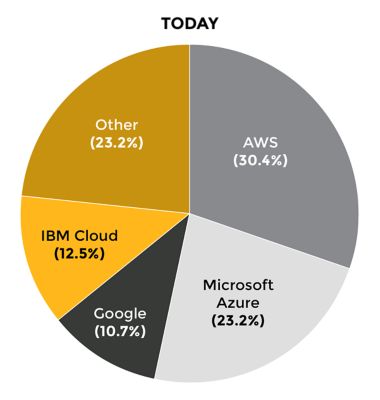
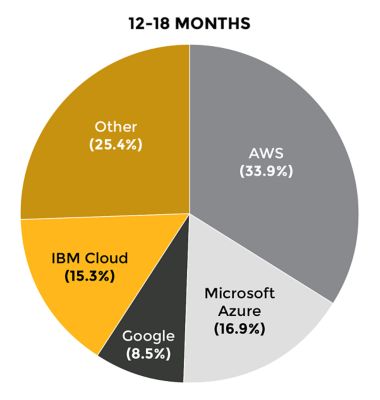
Figure 4. Current (left) and projected (right) cloud service providers (CSPs)
Ansys’ Approach to Engineering Simulation Software in the Cloud
Ansys enables hybrid support for running simulation software within both on-premises HPC infrastructure and in the cloud. Ansys cloud enablement encompasses support for the leading CSPs through strategic collaborations in specific engineering disciplines, partnering with third-party cloud hosting providers and systems integrators.
Ansys delivers cloud support through its collaborations with three leading CSPs:
- Microsoft Azure: Ansys Cloud Direct provides engineers easy access to on-demand HPC resources in the Microsoft Azure cloud that are architected and optimized for Ansys applications.
- AWS: Ansys Gateway powered by AWS provides a cloud solution for developers, designers, and engineers who want to manage their complete Ansys simulation and CAD/computer-aided engineering (CAE) developments in the cloud.
- Google Cloud: Ansys Fluent computational fluid dynamics (CFD) simulation software can be easily set up and deployed on HPC virtual machines (VMs) by using Google's Cloud HPC tool kit.
Our approach of delivering an open ecosystem of technology to the cloud allows CAE and EDA users to choose the most effective cloud deployment strategy for their particular needs.
To learn more, watch the webinar "Engineering Simulation Workloads and the Rise of the Cloud" or download the full survey.










